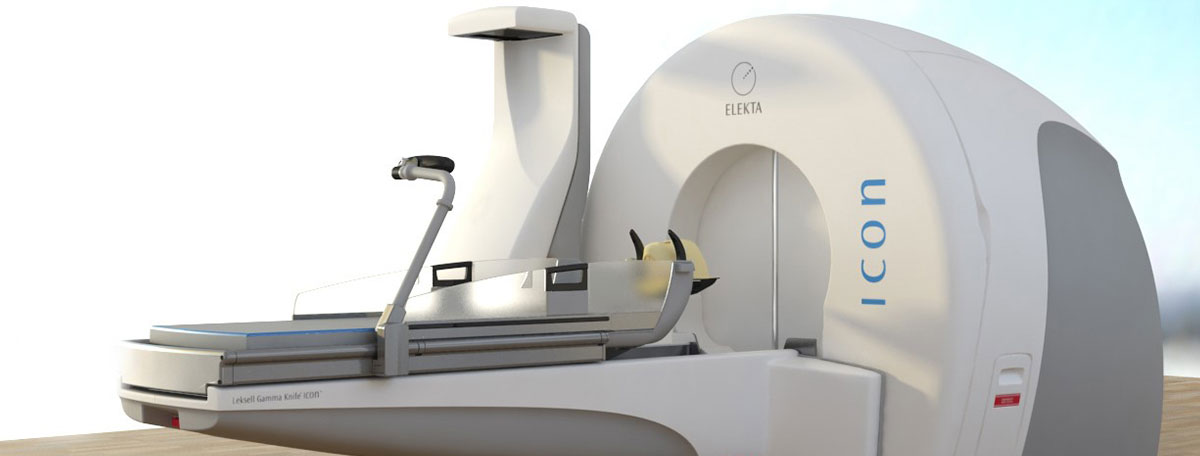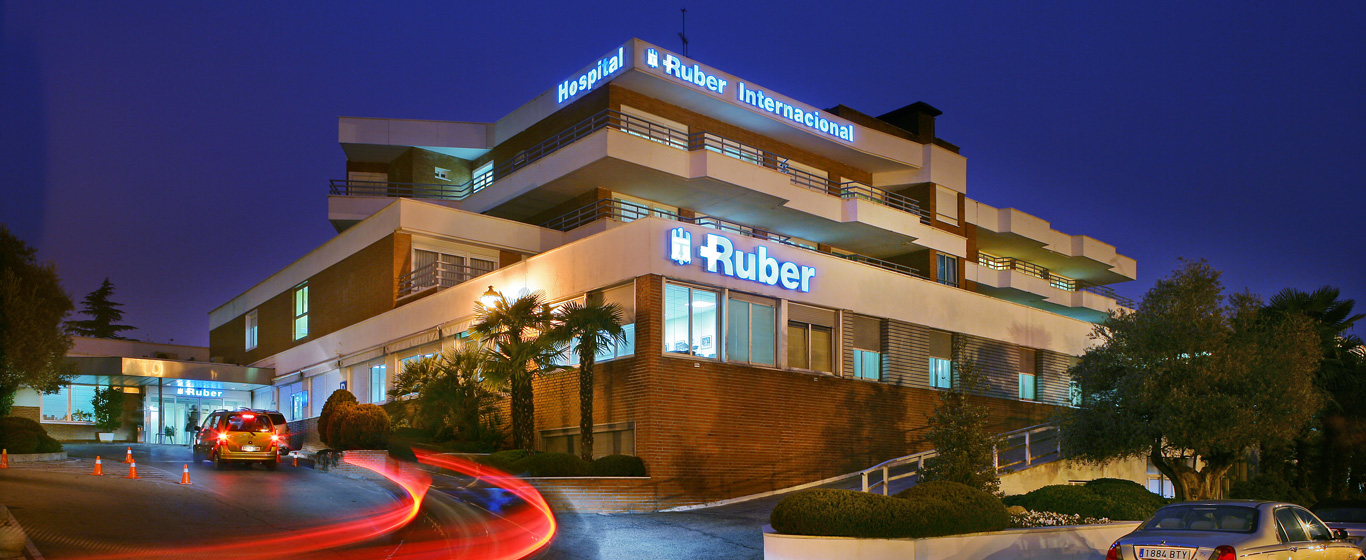Gamma Knife
Gamma Knife is a device used to apply external radiotherapy to delicate and hard-to-reach areas, particularly the brain. It is a useful technology in the treatment of brain tumors, arteriovenous malformations, or involuntary spasms.

Gamma Knife is an apparatus used in radiosurgery that, despite its name, is not a surgical procedure but a method of applying external radiotherapy. Thanks to its precision, it is a suitable device for treating brain tumors.
The so-called Gamma Knife allows high doses of radiation to be delivered to specific points without damaging the surrounding healthy cells. This non-invasive technique minimizes the risks of treating brain neoplasms, as there is no need to make incisions or apply radiation to healthy areas.
This technique combines three-dimensional images to determine the exact location of the tumor with the emission of a gamma ray beam at that specific point.
How does it work?
Before the treatment, an MRI is performed to obtain images of the brain and the tumor or malformation to be treated. With this data, the amount of radiation to be applied is determined, as well as the direction in which the rays will be emitted.
To proceed with the Gamma Knife treatment, a frame made of fiber (stereotactic base) is placed on the patient's head while they lie down. The patient is then moved into the machine, a sphere with 192 radiation sources, and gamma ray beams are directed at the specified area. All these rays converge at the same point with the goal of destroying the tumor cells or abnormal structures.
What are the benefits of Gamma Knife?
The main benefits of using Gamma Knife are:
- Reduced risks, as no invasive intervention is necessary.
- High precision.
- Low peripheral radiation that protects healthy tissues.
- Treatment of hard-to-reach areas.
- Treatment of multiple neoplasms.
- Faster recovery.
When is it indicated?
Gamma Knife is primarily used to treat brain tumors, whether cancerous or benign. In addition, technological advances have made it highly effective in treating other conditions such as:
- Trigeminal or glossopharyngeal neuralgia: blocking the nerves that produce pain.
- Arteriovenous malformations: preventing blood flow between the affected arteries and veins to avoid bleeding.
- Tremors caused by Parkinson’s disease or epilepsy: correcting the involved neurons.
- Hemifacial spasm: modifying the nerve or tumor causing the contractions.
- Psychiatric disorders: recent studies show significant advances in the treatment of obsessive-compulsive disorder (OCD), anorexia, and depression.
What to expect from Gamma Knife
Gamma Knife sessions are outpatient procedures, meaning patients can return to their regular activities once the procedure is completed, typically lasting between one to two hours.
Before undergoing this treatment, it is necessary to sign an informed consent, remove all metal items, eliminate makeup, and wear the gown provided by the medical center. Once in the radiology room, the patient lies on the table, where the frame will be placed, and, if necessary, a sedative will be administered to keep the patient relaxed during the process, which is not painful.
The specialists leave the room and monitor both the treatment and the patient at all times from the control room. With the presence of microphones, the patient can communicate any concerns to the medical staff.
Although it is not very common, some side effects such as pain, swelling, or bruising may occur at the site where the frame is attached. Some patients report fatigue, headache, or nausea.
Specialties in which it is used
Gamma Knife is primarily used in neurosurgery and radiotherapy oncology.




